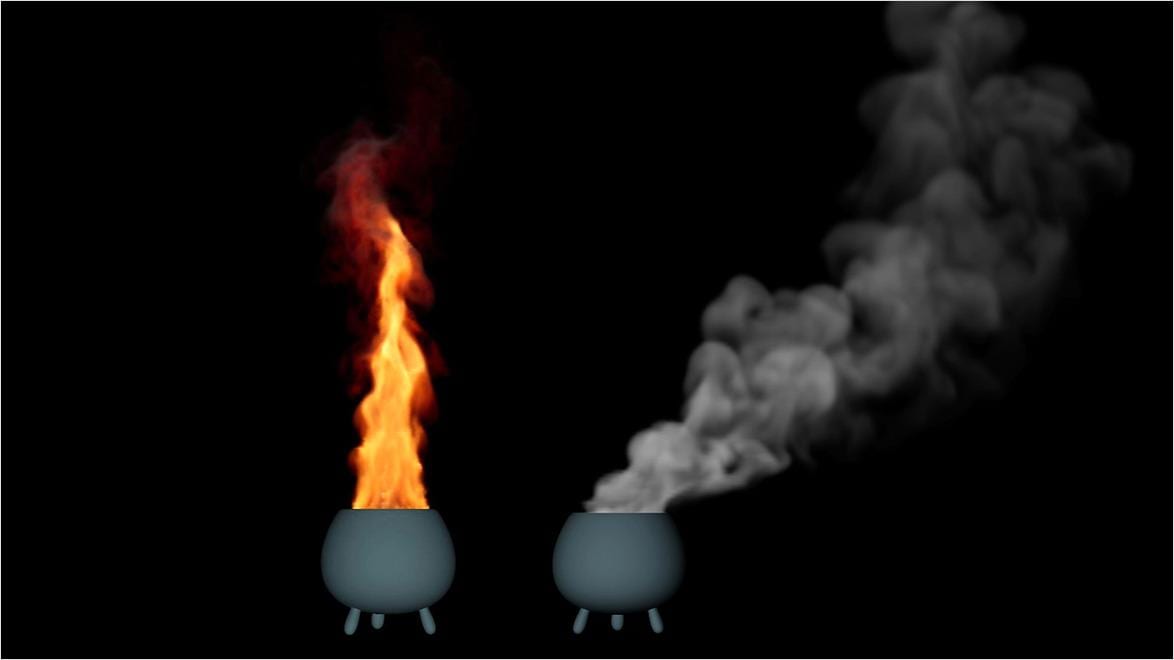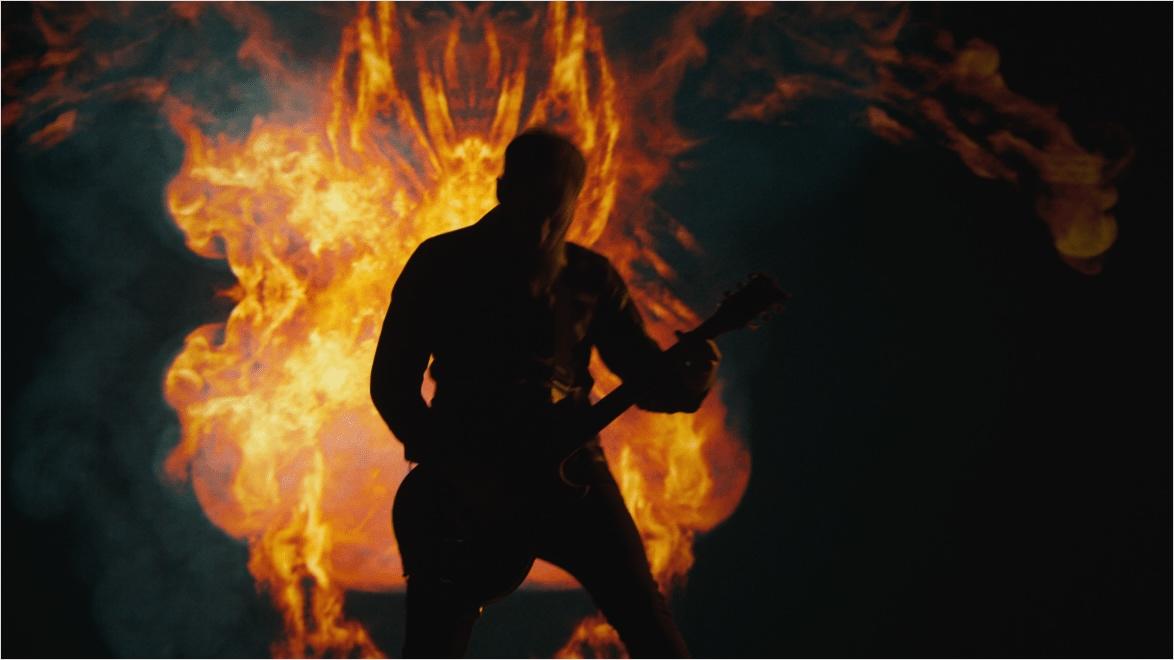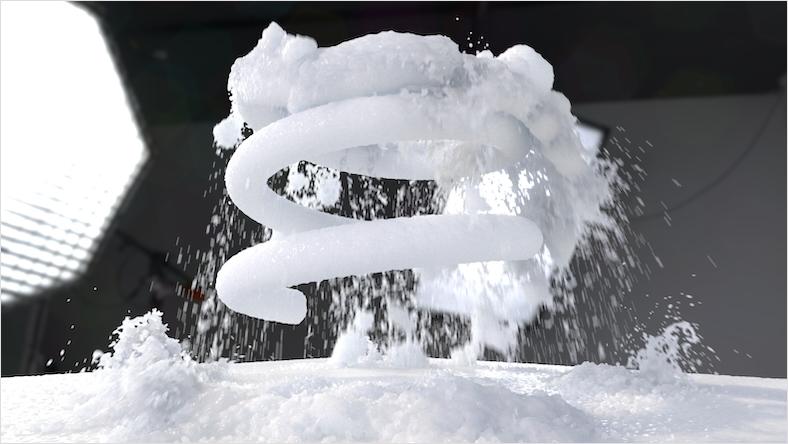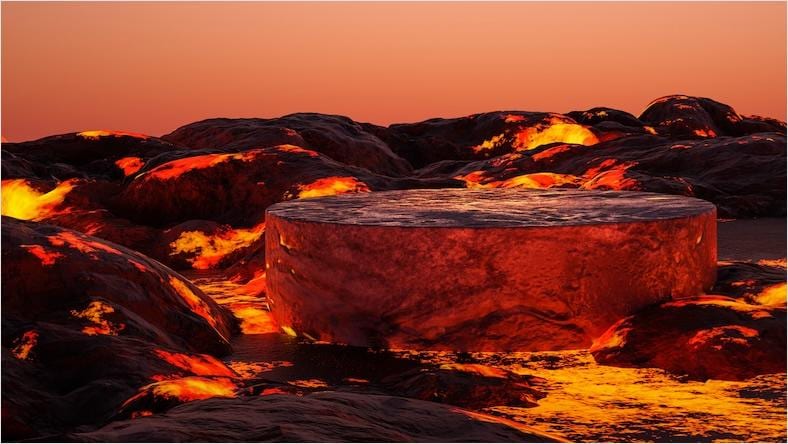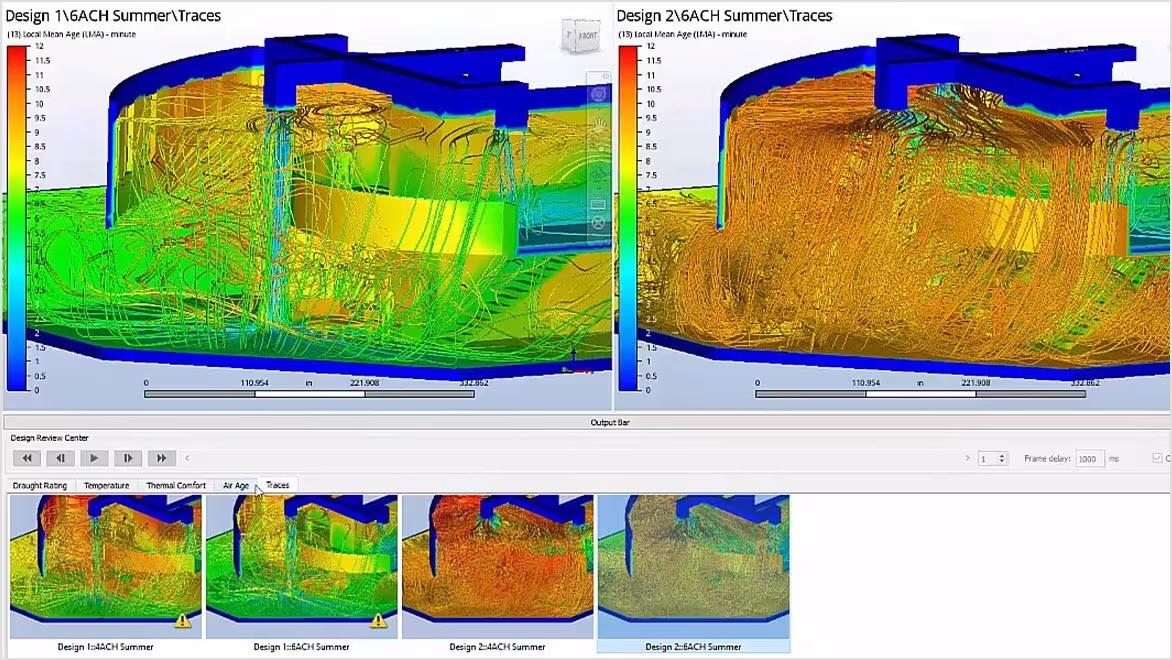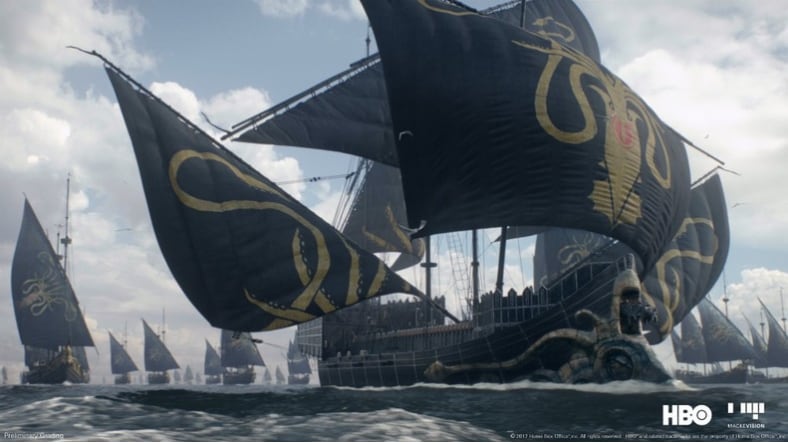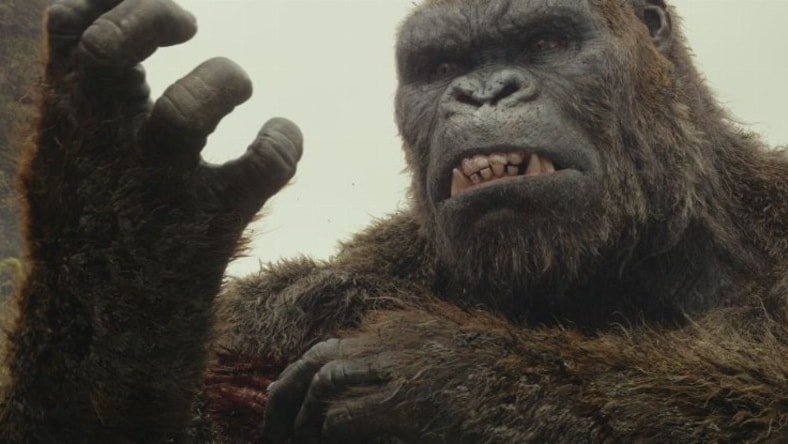& Construction

Integrated BIM tools, including Revit, AutoCAD, and Civil 3D
& Manufacturing

Professional CAD/CAM tools built on Inventor and AutoCAD
Fire simulation uses 3D visual effects software to create realistic fire effects that convincingly simulate flame movement, smoke behavior, and the impact of fire on burning objects, enhancing the overall viewing experience.
Fire simulation software is used across the entertainment industry to create realistic effects.
Today’s audiences demand unparalleled realism, so TV and film productions depend on realistic fire simulation software for everything from building fires and explosions to fiery dragon’s breath.
Fire simulation software like Maya is used widely by game developers to create realistic fire and flame effects that will immerse the player fully in the game world.
Many fire departments use fire dynamics simulators to train firefighters and prepare contingency plans for emergency situations.
There are many components to a real fire—the flames and how they move, the smoke generated, and the destructive impact it has on objects. Fire simulation software re-creates these effects using fluid dynamics algorithms to more accurately simulate how these elements behave in the real world. You can control the fire simulation by adjusting parameters such as the height and intensity of the flames, the amount of smoke generated, and the size of the emission source—it’s possible to portray everything from a house fire to a candle flame.
Fire simulation has changed the game. For many years, the best way for media production companies to capture realistic fire and explosions was to actually incinerate or blow up something on film. Doing so involves time-consuming logistics, expensive and dangerous shoots, and the risk of losing the effort and materials if the take fails. Even after the advent of 3D visual effects software, digital effects that required fluid dynamics—such as water, smoke, and fire simulation—lagged behind other visual effects (VFX) and failed to convince audiences.
Now, software such as Autodesk Maya makes fire simulation more accessible with advances in GPU-accelerated processes and real-time previews. Bifrost, a visual programming environment inside Maya, empowers technical directors and artists to create stunning effects for film, TV, and games. Bifrost Aero (or aerodynamic) fire fluid simulations mimic the movement of gases and can create smoke, mist, and steam effects. Combustion simulations mimic fuel burning and are used for fire and explosion effects.
With Bifrost’s Aero Solver, artists can determine which object emits the fire effect and the lifespan of the particle cloud that creates the fire effect. Many traits can ebb and flow during a fire simulation’s lifespan, such as the fire’s density and intensity (brightness), emission spread angle, particle-cloud radius, flame speed, flame movement direction, and turbulence.
This wealth of creative possibilities with realistic results has made realistic fire simulation a viable alternative to filming real fires and explosions for the visual effects and motion graphics of movies, TV, advertisements, and other video content. Fire simulations also look better in animation, video games, virtual reality (VR), and, to a lesser extent, architectural and interior design visualization. Technological advancements that have made realistic fire simulation possible also apply to other dynamic effects such as smoke, explosions, and foam.
Scale your studio’s rendering and simulation capabilities, while equipping artists with powerful modeling and animation tools
Fluid dynamics models aren’t limited to fire simulations—other effects can be created using Autodesk software, including:
From water poured from a glass to stormy oceans, Maya Fluid Effects can create a realistic and believable simulation of water movement that will add depth to your game or film.
Snow can be applied to a scene or to specific objects, with user-controllable parameters such as color and thickness.
Realistic cloud effects can be used to make skies appear true to nature and to add atmosphere.
Fluid effects can be used to realistically model the flow of lava and other viscous fluids, helping ensure that they look believable.
As well as fire simulation for VFX purposes, Autodesk offers solutions to help architects and designers to enhance fire safety. Autodesk CFD (Computational Fluid Dynamics) software goes beyond the visual to more accurately and intelligently predict how smoke and fire will move in a designed environment. This helps them make informed design choices that take these into account.
BREAK+ENTER
To help tell the story of a teenage Tony Soprano, BREAK+ENTER simulated the fire and flame effects of a Molotov cocktail, winterized New Jersey with snow from Bifrost, and developed proprietary workflow tools for Maya.
Image courtesy of HBO
Mackevision
For the ambitious Game of Thrones season 7, Mackevision’s Maya team created new capabilities to produce a massive naval battle with hundreds of ships; stage CG army battles; and simulate wakes, fire, and smoke.
Image courtesy of HBO
Industrial Light & Magic
For a 2017 King Kong movie, the ILM VFX team was challenged to simulate fire realistically, as well as many other natural phenomena, including water, weather, and wild environments of unusual vegetation.
Image courtesy of Industrial Light & Magic, © 2016 Warner Bros. Ent, all rights reserved
Learn to emit fire from an object in Autodesk Maya 3D modeling, animation, and visual effects software.
You can choose many options with Maya’s comprehensive fire simulations, such as the fire’s density, intensity, flame radius, spread angle, speed, turbulence, lifespan, and more.
Jesse Pitela speaks to AREA by Autodesk about starting RedefineFX to create high-quality, succinct learning content, mainly for FX simulations like water, fire, destruction, particles, and more.
Bifrost for Maya includes VFX, such as instancing and point clouds, and particle and fluid simulation for phenomena like explosions, sand, snow, smoke, liquids, and fire fluid simulation.
This video series will get you started with Bifrost, Autodesk Maya’s visual programming environment.
Yes. Various fire simulation programs—such as Autodesk Maya—can simulate fire for entertainment media without the cost, labor, risk, and physical damage of filming real fires.
The building industry also uses realistic fire simulation software. Architects, safety engineers, and other professionals simulate fire to analyze its impact on buildings and infrastructure. For example, the National Institute of Standards and Technology’s software programs FDS and Smokeview use fire dynamics simulators to help predict fire spread patterns and formulate evacuation plans.
You can simulate fire in animation with specialized 3D animation software to re-create the behavior of smoke, gases, and fire.
For fire simulation, artists input variables such as the flame shape and size, density, intensity, color, flame radius, spread angle, speed, temperature, turbulence, and lifespan. The fire simulation also accounts for the fire’s surroundings, such as the temperature and movement of the surrounding air. Artists can also combine the fire with other corresponding effects like smoke, sparks, and explosive destruction.
